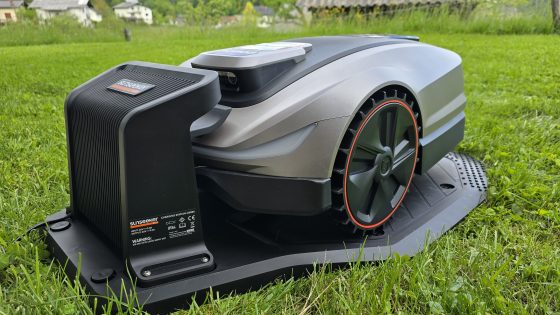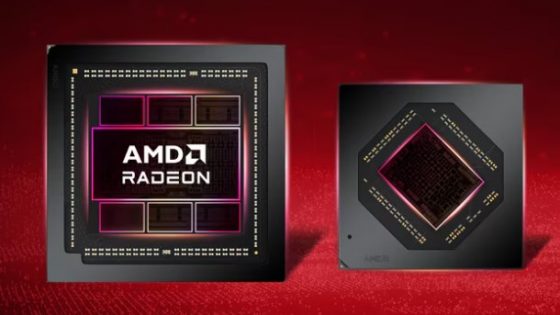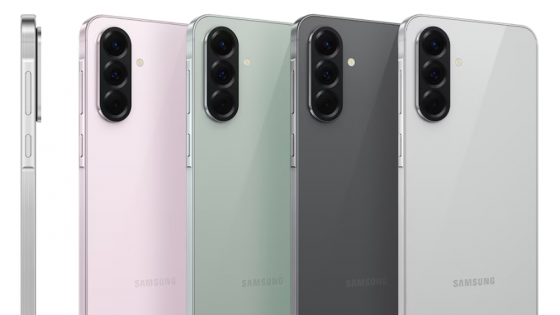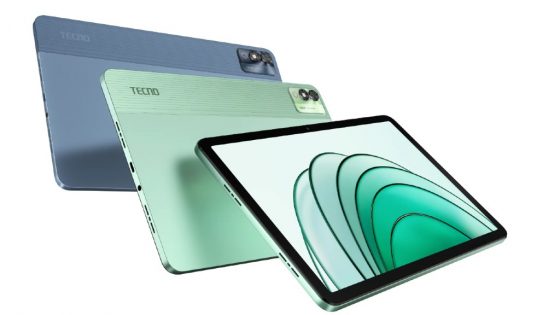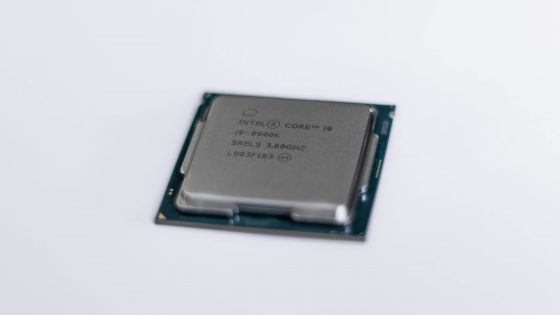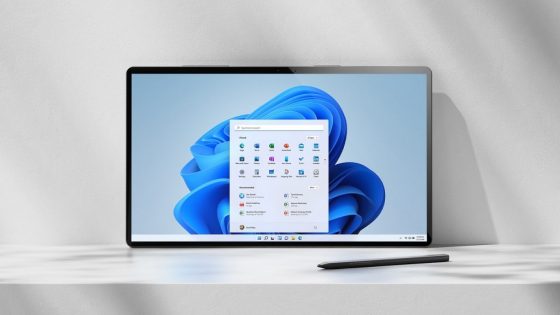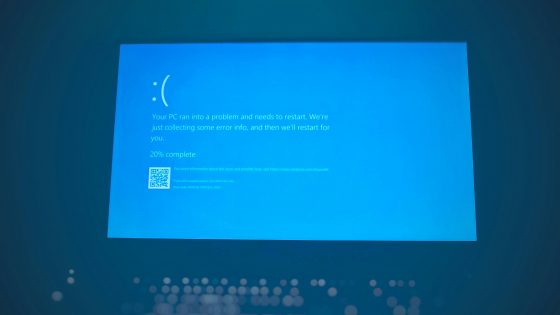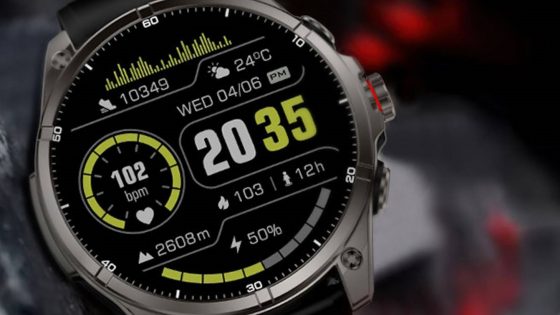Where to with a non-working printer?
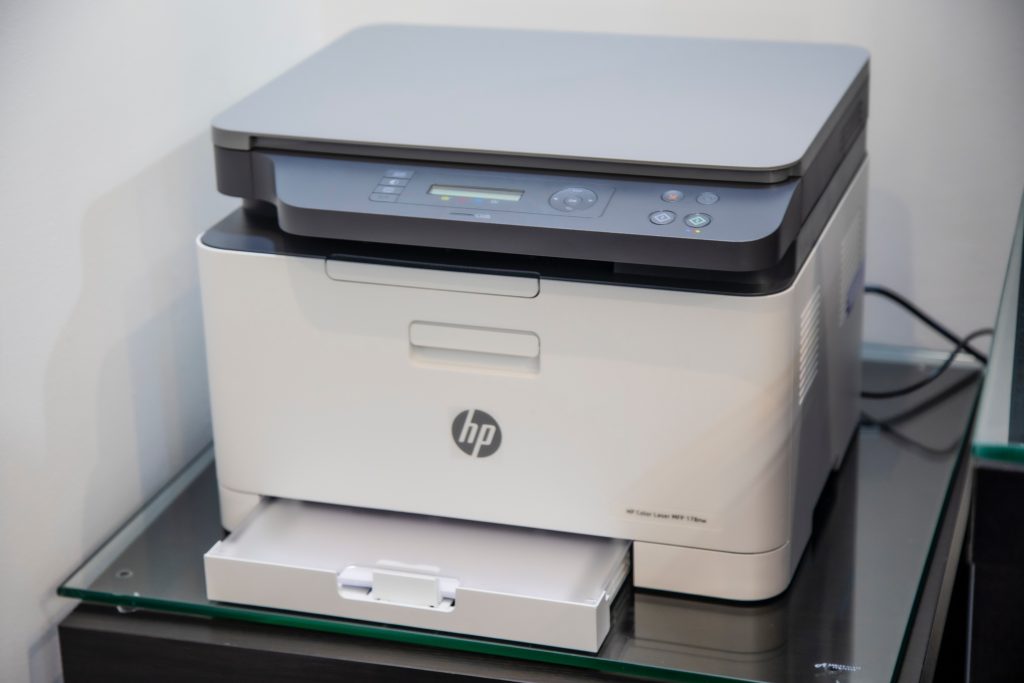
Printers are complex devices made up of various materials such as plastics, metals, electronics and other parts that may be classified as hazardous waste. We live in a time when taking care of the planet is one of the top priorities for many, so there are several environmentally friendly ways to get rid of your printer.
The best printers in the world can reach the end of their life after only a few years if, for example, the ink or toner is no longer available. In addition, we may face wear and tear or damage due to lightning strikes. In all these cases, the repair is usually more expensive than buying a new device.
A printer is not necessarily useless, which means that it does not need to be thrown away. Maybe upgrade to a more economical tank printer or switch from a monochrome to a color laser printer. Either way, here are some ways to get rid of your printer in an environmentally friendly way.
Give away, donate or sell a working printer
If your printer still works, you can give it to a friend or family member. Reusing electronics is the best way to get the full value of a device, and printers are one of the easiest tech products to re-donate. Social media is also a place to ask if someone needs a printer.
To avoid any complications, it is best to include any problems with the printer, whether it needs an ink cartridge or toner, and similar information. If you offer a “free” printer that is completely ink-free, you may receive complaints for omitting this detail.
Printers are also often sought after by local charities. If you receive a receipt, you can even write it off on your taxes. You can also offer your printer online for free. Although small printers are easy to ship, it's best to find someone local to reduce costs and greenhouse gas emissions from unnecessary transportation.
If you are selling a more expensive printer, you may want to recoup some of its value. Craigslist or Facebook Marketplace are good choices for local ads. In addition, publishing these is free, so there are no additional costs to you.
Recycling a non-working printer
Printers typically do not contain lithium batteries, but ink and toner can contain other heavy metals and chemicals that can contaminate groundwater. Wind can pick up fine toner particles and disperse debris. It is important to properly recycle the cartridges and toner and properly dispose of the remaining parts of the printer.
For many years, people threw damaged and old electronics into the trash, which ended up in landfills, creating a hazardous waste problem. Fortunately, today we already have a solution for useless printers.
The fact is that you cannot throw the printer in the recycling bin, as it is made of several types of materials. Also, if you break down an old printer into metal and plastic components, they are mostly unsuitable for household recycling programs.
Many cities, especially larger ones, have e-waste recycling programs to help solve this problem. There are sometimes community recycling events where you can drop off used electronics and batteries for recycling. Check with your local community or waste disposal provider when and where you can recycle devices such as printers.
However, there are also some electronic and stationery stores that accept old printers and printer cartridges. Check with local stores to see if they have an electronics recycling program that accepts printers or cartridges.
Manufacturer's recycling programs
In addition to third-party solutions, almost all major manufacturers have printer recycling programs. You can check the websites of HP, Epson, Brother, Canon and similar companies that have specific instructions prepared.
The manufacturer pays the shipping, but you must package the printer and follow special rules to qualify for free recycling. Although this method helps prevent e-waste, returning an unnecessary printer is not the most environmentally friendly choice, as delivery vehicles also generate carbon dioxide.
Reusing parts
The last option is to keep the broken printer and use parts to repair a similar model. Unfortunately, parts are rarely interchangeable. You need two printers from the same manufacturer and within the same family.
Manufacturers can refresh an older printer model with new features and give it a similar model number. It's probably not worth the effort unless you have experience refurbishing electronics.
If you have two unusable printers of the same type, you would still have to find out what is wrong and then remove and replace the broken part to get one printer working again. This means a lot of work, so this solution only makes sense if we are dealing with expensive printers.
Buying a durable printer
If you use your printer frequently, consider purchasing a durable small business printer that is designed to last for a long time. These types of products for larger workloads may cost more initially, but often last long enough to pay off the initial higher cost.
It is worth noting that laser printers are usually more durable than inkjet printers, but this is not necessarily the rule.







